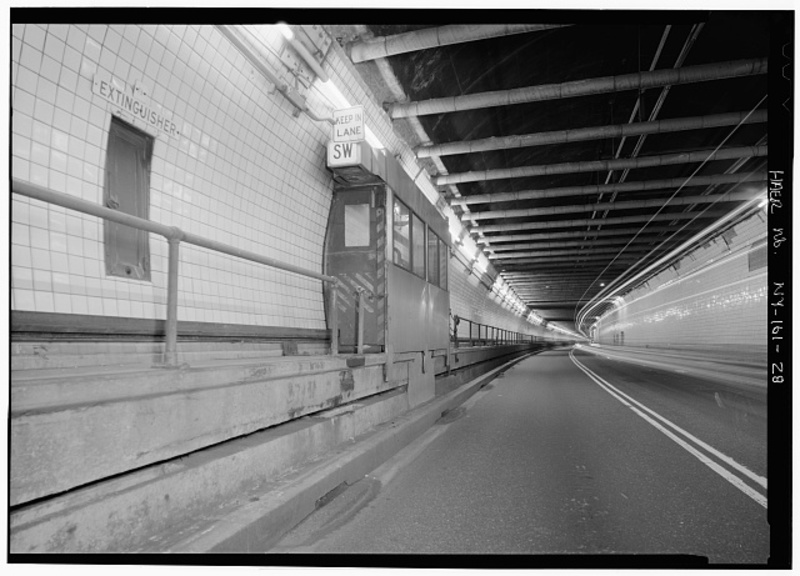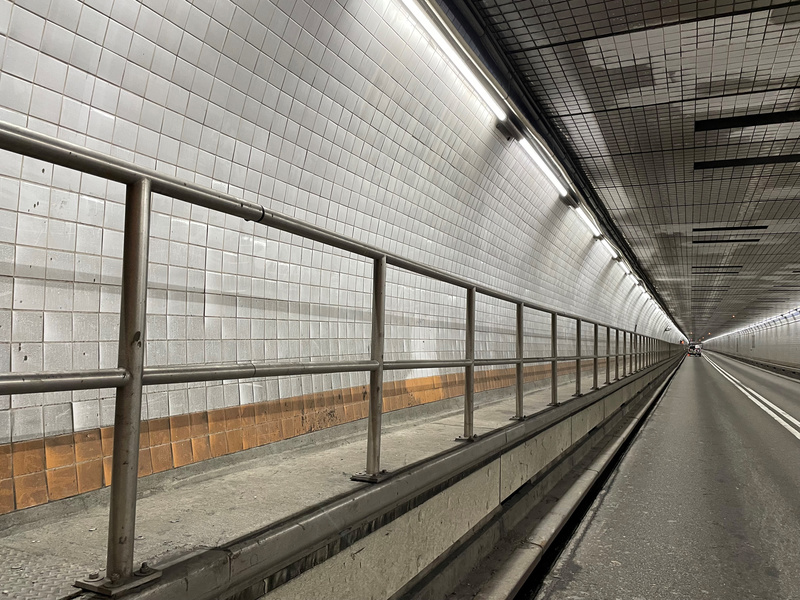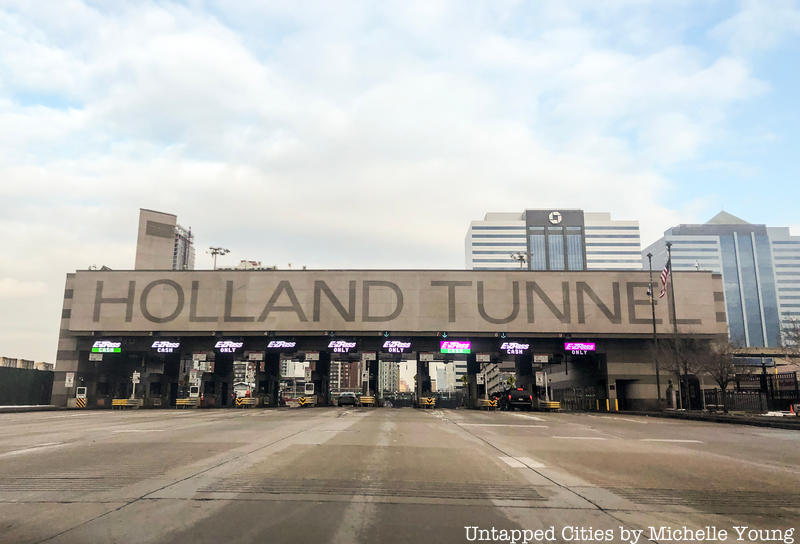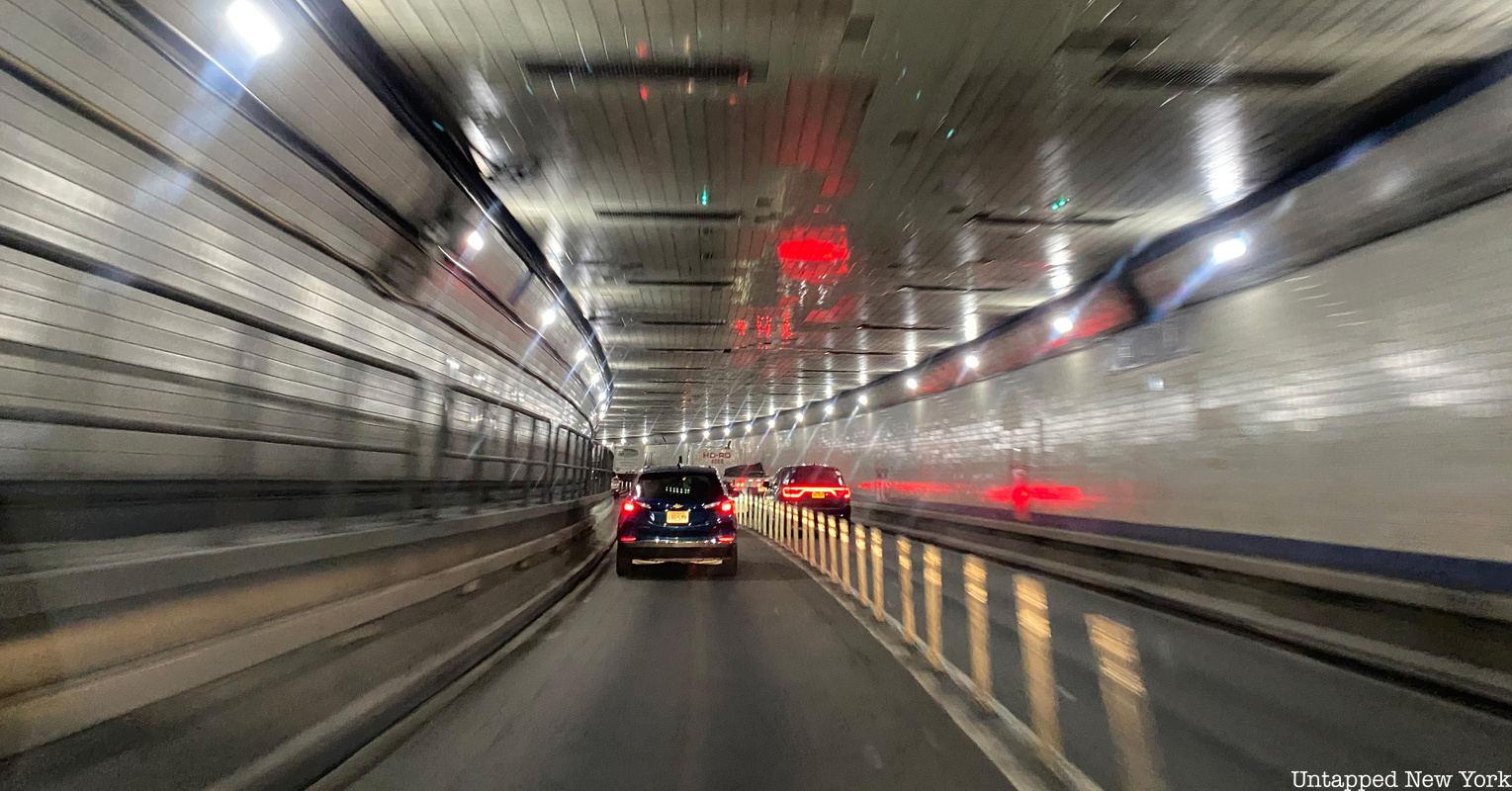The Holland and Lincoln Tunnels, which connect travelers from New York City to New Jersey, are about to get a twenty-first-century update. The tunnels, which are riddled with traffic stoppages, each have catwalks that run along the side of the road. In the past, Police have used small electric catwalk cars that traveled along these pathways to patrol traffic. The catwalks were decommissioned about 10 years ago, but now the Port Authority is looking toward a futuristic solution to tunnel traffic: a new catwalk robot.

The catwalk robot is unique, not because it will be the first of its kind, but because students from New York and New Jersey will have the opportunity to design it. The Port Authority has invited returning high schoolers to find new ways the catwalk may be used for emergency response.
The robot must include a mechanism for staff members to communicate with drivers in stopped vehicles and have cameras built into its system. The cameras must be able to capture footage of said vehicles in the tunnel. The catch is: it must not interfere with traffic flow.
The Holland Tunnel first introduced an electronic catwalk car in 1955. The car was 2 feet wide with a swivel seat that allowed the driver to move forward in neither direction. It could travel up to 12 miles per hour and was described by The New York Times as “the fastest, surest way through the tunnel, gliding blithely past the most epic traffic jams — equipped with no horn, because none was needed.” Since it was first introduced, there were multiple different versions of the catwalk car until the catwalks closed in 2011.

There are three steps in the Port Authority contest to bring back the catwalk car: (1) student outreach, (2) workshops, and (3) a student exposition. During the outreach phase, which lasts until September, begin forming your team and reach out to students and teachers. Once you have your team, commence phase two: designing. Throughout the design process, groups will get feedback on their work leading up to November. Starting June 28th, students in groups of five to eight, supported by a teacher, can submit their designs to the Port Authority.
When you have finished your design, you’ll have the opportunity to present it at the exposition. Designs will be judged based on their efficacy and feasibility by staff from the Port Authority’s Tunnels, Bridges, and Terminals (TB&T) department sometime in November (no date specified). Students will be judged at a student exposition hosted by TB&T. In essence: the design must be able to work and work well to win. The winner gets a $750 cash prize and the opportunity to have their design featured in the tunnel.

This competition is a great opportunity for high school students to showcase their science and engineering design abilities. It is also a great chance to be able to help bring change to the tunnels. In the words of the TB&T director of innovation, Seth Wainer, “It is time we dust off the cobwebs on the catwalks and utilize them with 21st-century technology to find out about stoppages, effectively communicate with drivers and address stopped traffic within our tunnels.”
Next, check out When Holland Tunnel Police Rode In Adorable Miniature “Catwalk” Cars






